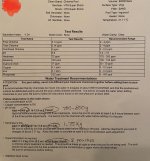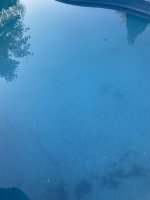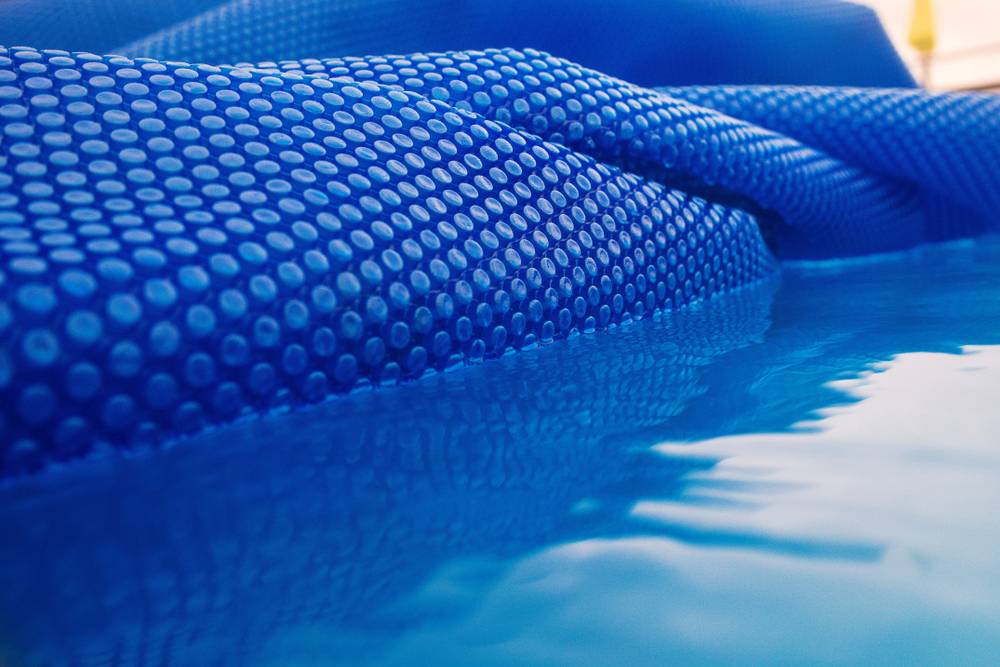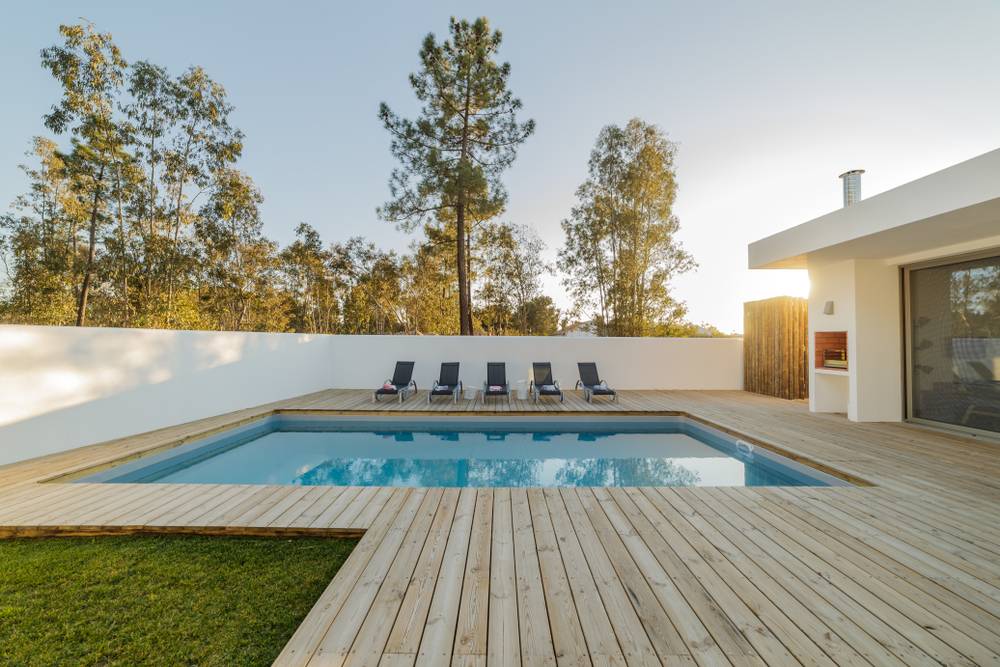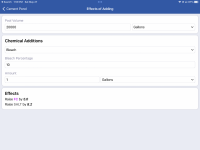Good questions. So I use strips (I know, not exactly scientific) but have usually had very clear water over the 8 years I've owned this pool. It is a fresh water pool. I usually add Chlorine pucks to the skimmer. I shock once per week with two 450 gram pouches of shock distributed by scattering the granules carefully into the deep end. Keep in mind that I am in Canada and our pool season is barely underway. I opened it two weeks ago (when the weather was still chilly) so we haven't even used it yet. Right now the pump is turned off as the suction to the pump was so low/poor, I was afraid I'd damage the pump (with my luck...)
I did get a test done today at my LPS - this is what they came up with:
I did get a test done today at my LPS - this is what they came up with:


